Home>Articles>Proper Disposal Guide: How to Safely Dispose of a Broken Fan
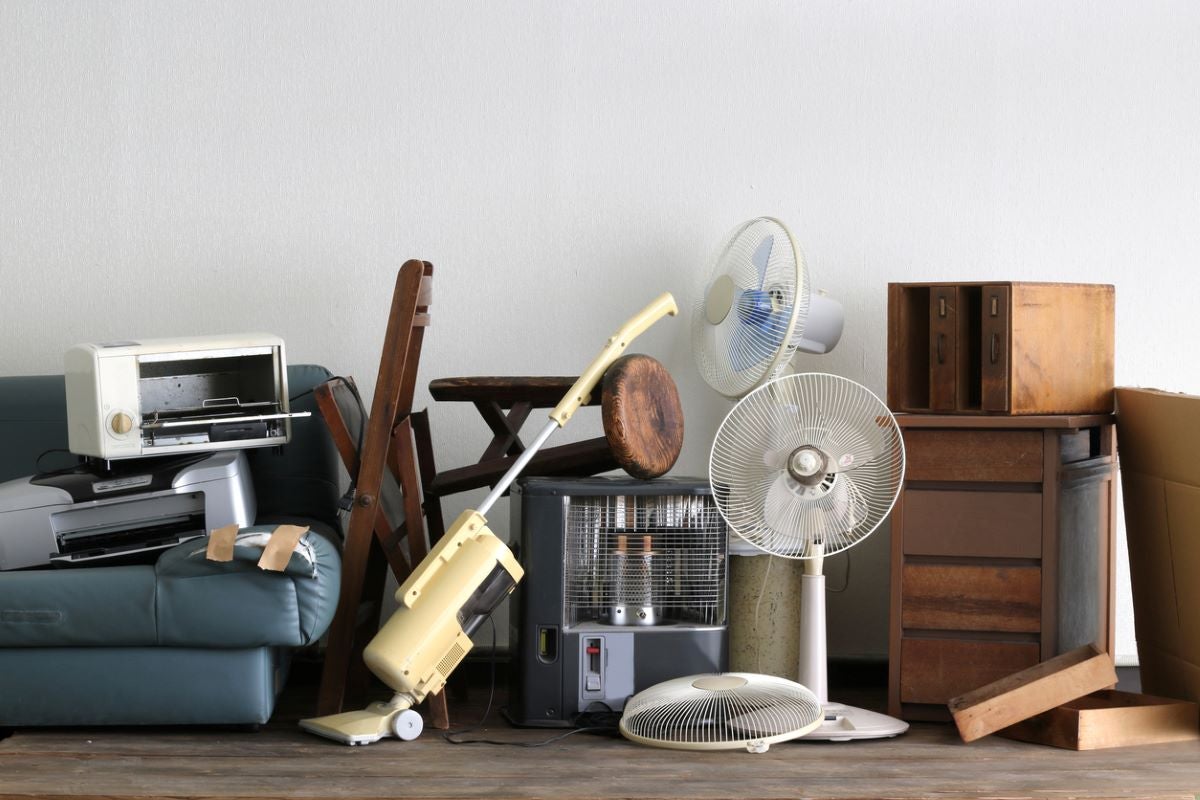

Articles
Proper Disposal Guide: How to Safely Dispose of a Broken Fan
Modified: October 19, 2024
Learn the proper way to dispose of a broken fan with our helpful articles. Safely and responsibly get rid of your old fan and reduce waste.
(Many of the links in this article redirect to a specific reviewed product. Your purchase of these products through affiliate links helps to generate commission for Storables.com, at no extra cost. Learn more)
Introduction
Having a broken fan can be quite frustrating, especially during those hot summer days when you need it the most. But when a fan reaches the end of its life and can no longer be repaired, you may be wondering how to dispose of it properly. It is important to handle the disposal process in an environmentally friendly way and follow any local regulations.
In this article, we will guide you through the steps of how to dispose of a broken fan responsibly. We will provide you with information on how to determine if the fan can be repaired, how to check for warranty or return options, and how to safely unplug and disassemble the fan. We will also discuss how to remove and dispose of the broken parts, as well as how to separate and sort the fan components for recycling. Additionally, we will provide tips on donating or selling working parts and properly disposing of non-recyclable parts.
By following these guidelines, you can effectively navigate the process of disposing of a broken fan while minimizing your impact on the environment. So, let’s get started on finding the best way to say goodbye to that old, non-functioning fan.
Key Takeaways:
- Responsibly disposing of a broken fan involves assessing repair options, checking for warranties, safely unplugging and disassembling the fan, and sorting components for recycling. Prioritize safety and environmental impact throughout the process.
- By recycling and donating salvageable parts, and properly disposing of non-recyclable components, you can minimize environmental impact and contribute to sustainable waste management. Prioritize safety and explore local disposal options for non-recyclable parts.
Read more: How To Safely Dispose Fluorescent Tubes
Determine if the Fan Can be Repaired
Before disposing of a broken fan, it’s essential to assess if there’s any possibility of repair. Sometimes, the issue may be fixable with a simple solution rather than resorting to disposal. Here are a few steps to help you determine if your fan can be repaired:
- Identify the problem: Start by identifying the specific issue with the fan. Is it not turning on at all? Is it making strange noises? Or is it experiencing a reduction in airflow? Understanding the problem will give you a clearer idea of whether it can be repaired.
- Consult the manufacturer or a professional: Check the fan’s manual or visit the manufacturer’s website to see if there are any troubleshooting tips provided. You may also consider contacting their customer support for guidance. Alternatively, you can consult a professional who specializes in fan repairs.
- Consider the cost of repairs: Evaluate the estimated cost of repair versus the value of purchasing a new fan. In some cases, the cost of repairs may outweigh the price of a brand-new unit.
- Assess your repair skills: If you are handy and have experience with electrical appliances, you might be able to repair the fan yourself. However, if you’re unsure or uncomfortable working with electrical components, it is advisable to seek professional assistance.
If, after going through these steps, you determine that the fan cannot be repaired or the cost of repairs is not worth it, then it’s time to move onto the next steps of disposing of the broken fan responsibly.
Check for Warranty or Return Options
When dealing with a broken fan, it’s wise to check if there are any warranty or return options available. Many fans come with warranties that cover defects or malfunctions during a specific period. Here’s what you can do:
- Review the purchase receipt: Locate the receipt or any proof of purchase for the fan. Check for any warranty information provided by the manufacturer or retailer.
- Consult the warranty terms: Read through the terms and conditions of the warranty carefully. Look for information on the duration of coverage, what’s included, and any specific instructions for returns or repairs.
- Contact the manufacturer or retailer: If the fan is still within the warranty period and meets the criteria for repair or return, reach out to either the manufacturer or the retailer where you purchased the fan. Provide them with the necessary information and explain the issue you’re facing.
- Follow the warranty procedure: Follow the steps outlined in the warranty terms to initiate the process of repair or return. This may involve sending the fan back, providing proof of purchase, completing a form, or speaking with customer service.
- Consider return options: If repair is not feasible or desired, inquire about the possibility of returning the fan for a refund or replacement, if permitted under the warranty.
By checking for warranty or return options, you may be able to get a repair, replacement, or refund without having to dispose of the broken fan. It’s important to act within the specified time frame outlined in the warranty to take advantage of these options.
If the warranty has expired, or if repair or return is not feasible, continue reading to learn how to safely unplug and disassemble the fan in preparation for proper disposal.
Safely Unplug the Fan
Before you begin the process of disposing of a broken fan, it is crucial to ensure your safety by following proper procedures for unplugging the fan. Here’s how to safely unplug the fan:
- Turn off the fan: Make sure the fan is switched off and unplugged from the power source. This step is crucial to prevent any electrical shocks or accidents during the disposal process.
- Inspect the power cord: Carefully examine the power cord for any signs of damage, such as fraying, cuts, or exposed wires. If you notice any signs of damage, do not attempt to unplug the fan. Instead, seek the help of a professional for safe removal.
- Use protective gear: Wear safety gloves and, if necessary, safety glasses to protect yourself from any sharp edges or materials during the disassembly process.
- Find the power plug: Locate the power plug at the back of the fan. It is usually near the base or on the side, depending on the fan’s design.
- Safely unplug the fan: Firmly grip the power plug and gently pull it out from the power outlet. Be careful not to apply excessive force or yank the cord, as this may cause damage to the plug or the electric socket.
By following these steps, you can ensure your safety while disconnecting the fan from the power source. Once the fan is safely unplugged, you can proceed with disassembling the fan to prepare it for proper disposal. Remember to always prioritize safety throughout the entire disposal process.
Disassemble the Fan
Once you have safely unplugged the fan, the next step in disposing of a broken fan is to disassemble it. Disassembling the fan will allow for easier removal of its components and proper sorting for recycling. Here’s how to disassemble the fan:
- Gather the necessary tools: Before you begin the disassembly process, gather the appropriate tools, such as a screwdriver, pliers, and possibly a utility knife. The specific tools required may vary depending on the type and model of the fan.
- Remove the outer casing: Start by removing the outer casing or grill of the fan. This can usually be done by unscrewing or unclipping the fasteners that hold the casing in place. Use the appropriate tool to carefully remove the screws or release the clips.
- Separate the fan blades: Once the casing is removed, you will have access to the fan blades. Carefully detach the blades from the motor shaft. This may involve unscrewing or unclipping them, depending on the fan’s design.
- Detach the motor: After removing the fan blades, you can detach the motor from the fan housing. Take note of any screws or fasteners that secure the motor in place and remove them accordingly.
- Remove any additional components: Depending on the fan’s design, there may be other components such as wiring, switches, or capacitors. Take care to remove these components by disconnecting any connectors or unsoldering any wires, if necessary.
It is important to exercise caution while disassembling the fan and follow any specific instructions provided by the manufacturer. If you’re unsure about disassembling the fan yourself, you can consult an electrician or professional who specializes in fan disassembly for further guidance.
Once the fan is disassembled, you can move on to the next step of removing and properly disposing of the broken parts. This will allow you to sort the fan components for recycling and minimize the environmental impact of your disposal process.
Read more: How To Dispose Ceiling Fans
Remove and Dispose of the Broken Parts
After disassembling the fan, you will need to remove and dispose of the broken parts properly. This step is crucial in ensuring that the fan components are safely handled and disposed of in an environmentally friendly manner. Here’s how to remove and dispose of the broken parts:
- Identify the broken parts: Inspect the fan components and identify which parts are broken or damaged. This could include cracked fan blades, a malfunctioning motor, or any other broken components.
- Remove the broken parts: Carefully remove the broken parts from the rest of the fan. Use appropriate tools, such as pliers or a screwdriver, to detach any broken pieces that are still attached.
- Sort the broken parts: Once the broken parts are removed, it’s important to sort them properly. Separate any plastic, metal, or electronic parts from one another. This will make it easier to recycle or dispose of each component accordingly.
- Check for recycling options: Research local recycling centers and facilities to determine if they accept the specific materials found in the broken fan parts. Some centers may have specific drop-off locations or guidelines for recycling electronics or plastic components.
- Follow recycling procedures: If recycling options are available for the broken parts, follow the designated guidelines provided by the recycling facility. This may involve properly packaging the components or filling out any necessary forms.
- Dispose of non-recyclable parts: If certain parts of the fan are not recyclable, make sure to dispose of them properly according to local regulations for non-recyclable waste. Check with your local waste management department or consult guidelines from environmental organizations for the correct disposal methods.
By carefully removing and disposing of the broken parts, you take an important step towards minimizing the environmental impact of the fan disposal process. Additionally, separating the components for recycling allows for the materials to be reused and reduces the need for raw materials.
Next, we will discuss how to separate and sort the remaining fan components for recycling.
If your fan is broken, first unplug it and disassemble it carefully. Recycle the metal parts and dispose of the plastic parts in the appropriate recycling bin. If it’s beyond repair, check with your local waste management for proper disposal options.
Separate and Sort the Fan Components
Once you have removed and disposed of the broken parts, it’s time to separate and sort the remaining fan components. This step is essential for ensuring that recyclable materials are properly recycled and non-recyclable materials are disposed of correctly. Here’s how to separate and sort the fan components:
- Categorize the components: Begin by categorizing the fan components into different groups. This may include plastic parts, metal parts, electronic components, and wiring.
- Plastic parts: Identify the plastic parts, such as the fan housing or any other plastic covers. Separate these plastic components from the rest of the materials.
- Metal parts: Look for any metal components, such as fan grills or screws. Set aside these metal parts for separate recycling.
- Electronic components: Identify any electronic components, such as capacitors or switches. These components may need to be handled separately due to environmental regulations related to electronics recycling.
- Wiring: If there are any wiring or electrical cables present in the fan, set them aside for separate disposal or recycling.
- Research local recycling options: Research the recycling options available in your area for each category of materials. Look for local recycling centers or drop-off locations that accept plastic, metal, and electronics for recycling.
- Follow recycling guidelines: Follow the recycling guidelines provided by the recycling facilities for each category. Clean the components if necessary and properly package them according to the guidelines.
- Dispose of non-recyclable components: If there are any components that are not recyclable, dispose of them properly according to local waste management regulations.
By separating and sorting the fan components, you ensure that each material is handled appropriately for recycling or disposal. This helps to reduce landfill waste and promotes the conservation of valuable resources.
Next, we will discuss options for donating or selling any working parts that can be salvaged from the fan.
Recycle the Fan Components
Once you have sorted the fan components, it’s time to recycle them properly. Recycling helps to prevent valuable materials from ending up in landfills and allows for their reuse in the manufacturing of new products. Here’s how to recycle the fan components:
- Plastic components: Take the plastic parts you have separated and check if they are recyclable. Look for recycling symbols on the plastic components or do a quick online search to determine if your local recycling facility accepts the specific type of plastic.
- Metal components: Separate the metal parts, such as fan grills or screws, and ensure they are clean and free of any non-metal materials. Metals like aluminum and steel are commonly accepted for recycling. Check if there are any specific guidelines for recycling metal in your area.
- Electronic components: Electronic components, such as circuit boards or switches, require specialized recycling due to their potential environmental impact. Look for e-waste recycling programs or drop-off locations in your area that accept electronic components.
- Wiring: If the fan has wiring or electrical cables, consider recycling them separately. Some recycling facilities specialize in electrical wire recycling, so check if there are any options available in your area.
- Locate recycling centers: Research recycling centers or facilities in your area that accept the specific materials from your fan components. Many cities have dedicated recycling centers or drop-off locations for different recyclable materials.
- Prepare the components for recycling: Clean the recyclable components and remove any non-recyclable materials. Follow any specific guidelines provided by the recycling center, such as packaging the components in separate bags or containers.
- Drop off the components: Take the sorted and prepared components to the designated recycling center or drop-off location. Ensure you follow any guidelines or procedures provided by the facility.
Recycling the components of your fan helps conserve resources, reduces environmental impact, and contributes to a sustainable waste management process. By making the effort to recycle, you are actively participating in the circular economy and promoting a greener future.
Next, we will explore options for donating or selling any working parts that can be salvaged from the fan.
Donate or Sell Working Parts
If your broken fan still has some working parts that are in good condition, consider donating or selling them. This allows others to benefit from the functional components and reduces waste. Here are options for donating or selling the working parts:
- Community organizations: Contact local community centers, schools, or nonprofit organizations to see if they have a need for the working parts of a fan. These organizations may use the parts for repair projects or to support their activities.
- Online platforms: Utilize online platforms such as e-commerce websites, classified ads, or social media marketplaces to sell or give away the working parts. Take clear photos and write detailed descriptions to attract potential buyers or individuals interested in repurposing the components.
- Electronic repair enthusiasts: Connect with hobbyists or enthusiasts who enjoy fixing and repurposing electronic devices. They may be interested in purchasing or receiving the working parts to incorporate them into their projects.
- Local repair shops: Contact local repair shops that specialize in electronics or appliances to inquire if they have a need for the working parts. They may be interested in buying or accepting the parts as spare components for their repair services.
- Online communities: Engage with online forums, DIY communities, or social media groups dedicated to repairs or electronics. Share information about the working parts you have and see if anyone within the community is interested in acquiring them.
By donating or selling the working parts, you not only extend the lifespan of those components but also contribute to the knowledge sharing and resource conservation within your community. It’s a win-win situation for both you and the individuals who can benefit from the functioning parts.
Finally, we will discuss how to properly dispose of the non-recyclable parts of your broken fan.
Properly Dispose of Non-Recyclable Parts
When it comes to disposing of non-recyclable parts from your broken fan, it’s important to follow proper disposal methods to minimize environmental impact. Some components may contain hazardous materials or substances that require special handling. Here’s how to properly dispose of non-recyclable parts:
- Check local regulations: Research and familiarize yourself with local waste management regulations. Different areas may have specific guidelines for disposing of non-recyclable waste, especially if it contains potentially hazardous materials.
- Hazardous waste facilities: Look for local hazardous waste facilities that accept electronic waste or other non-recyclable materials. These facilities are equipped to handle and dispose of hazardous components in an environmentally responsible manner.
- Household hazardous waste collection: Some communities organize periodic household hazardous waste collection events. This provides an opportunity for residents to safely dispose of non-recyclable items like batteries or electronic components. Check with your local government or waste management department for information on upcoming collection events.
- Special disposal programs: Investigate if there are any special disposal programs in your area for specific non-recyclable components. For example, some retailers or manufacturers offer take-back programs for electronic devices and components.
- Professional disposal services: If you are uncertain about how to dispose of certain non-recyclable parts, consider contacting professional waste management companies that specialize in electronic waste disposal. They have the knowledge and resources to handle such components safely.
Properly disposing of non-recyclable parts ensures that potentially harmful materials do not end up in landfills or negatively impact the environment. By following the appropriate disposal methods, you contribute to a cleaner and safer environment for everyone.
Now that you know how to properly handle the non-recyclable parts, we are ready to conclude this guide to disposing of a broken fan responsibly.
Conclusion
Disposing of a broken fan responsibly is essential for minimizing environmental impact and promoting sustainable waste management practices. By following the steps outlined in this guide, you can ensure that your old fan is dealt with in an environmentally friendly way. Here’s a recap of what we covered:
- Determine if the fan can be repaired. Consulting the manufacturer or a professional can help you assess if repair is possible.
- Check for warranty or return options. Review the warranty terms and contact the manufacturer or retailer if applicable.
- Safely unplug the fan by turning it off, inspecting the power cord, and gently unplugging it from the power outlet.
- Disassemble the fan by removing the outer casing, separating the fan blades, and detaching the motor and other components.
- Remove and dispose of the broken parts properly. Sort the components, recycle the recyclable materials, and dispose of non-recyclable parts according to local regulations.
- Separate and sort the remaining fan components to facilitate proper recycling.
- Consider donating or selling the working parts to community organizations, online platforms, or local repair shops.
- Dispose of non-recyclable parts through hazardous waste facilities, household hazardous waste collections, or specialized disposal programs.
By following these steps, you can make a positive impact on the environment by reducing waste and promoting recycling. Remember, always prioritize safety when handling electrical components and consult professionals when necessary.
Thank you for taking the time to learn how to dispose of a broken fan responsibly. By being mindful of the proper disposal methods, you are playing a part in creating a cleaner, greener future.
Frequently Asked Questions about Proper Disposal Guide: How To Safely Dispose Of A Broken Fan
Was this page helpful?
At Storables.com, we guarantee accurate and reliable information. Our content, validated by Expert Board Contributors, is crafted following stringent Editorial Policies. We're committed to providing you with well-researched, expert-backed insights for all your informational needs.

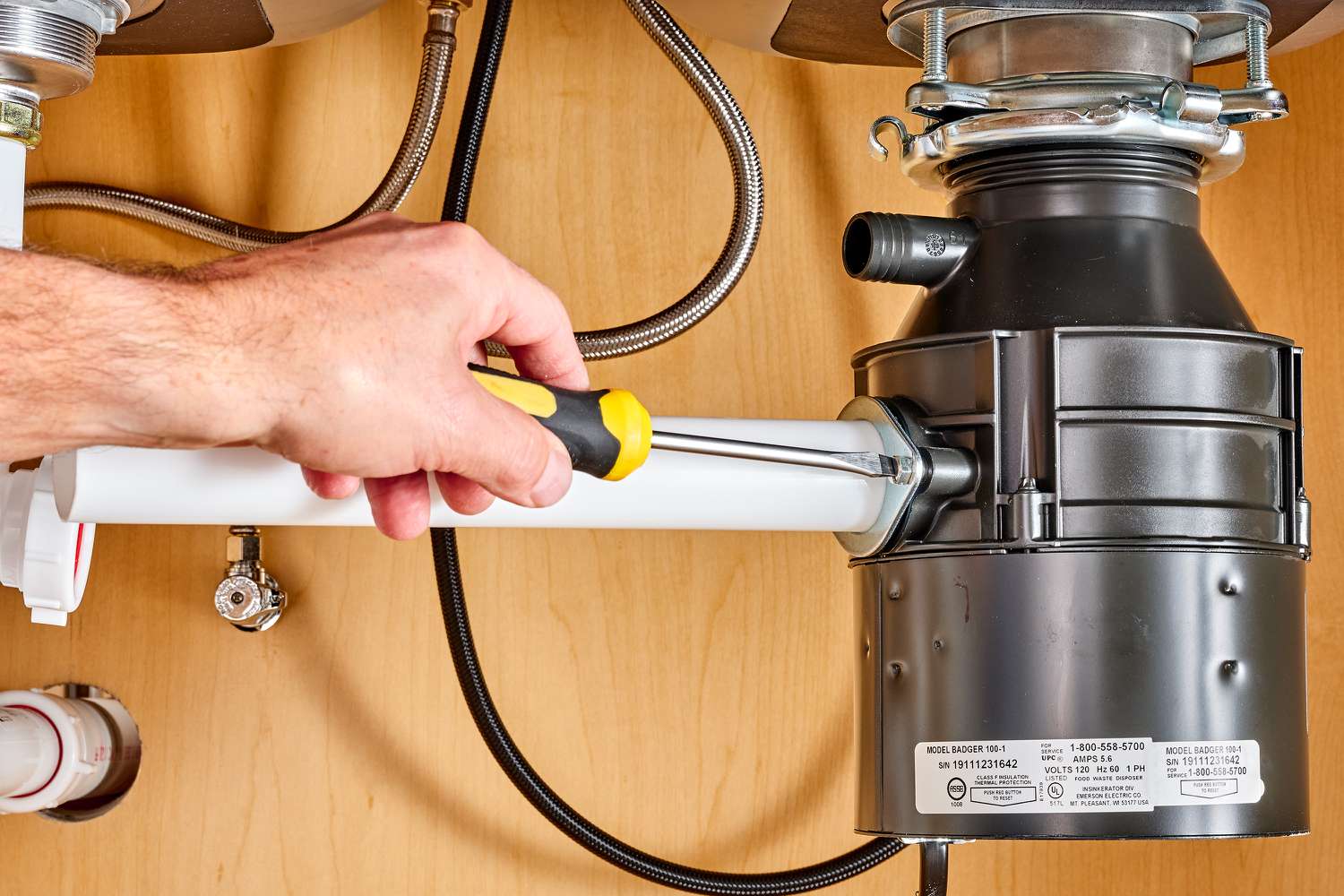

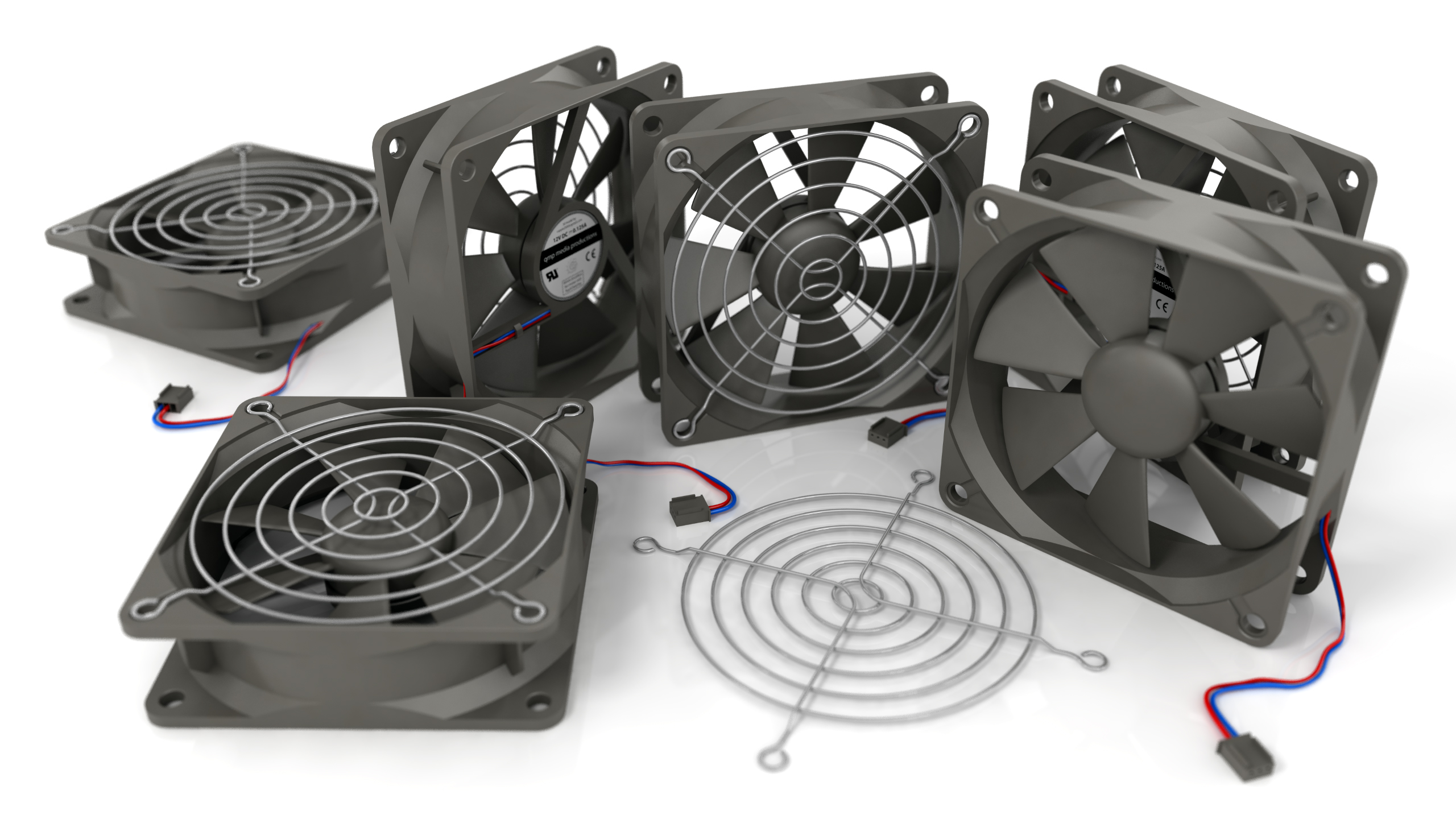

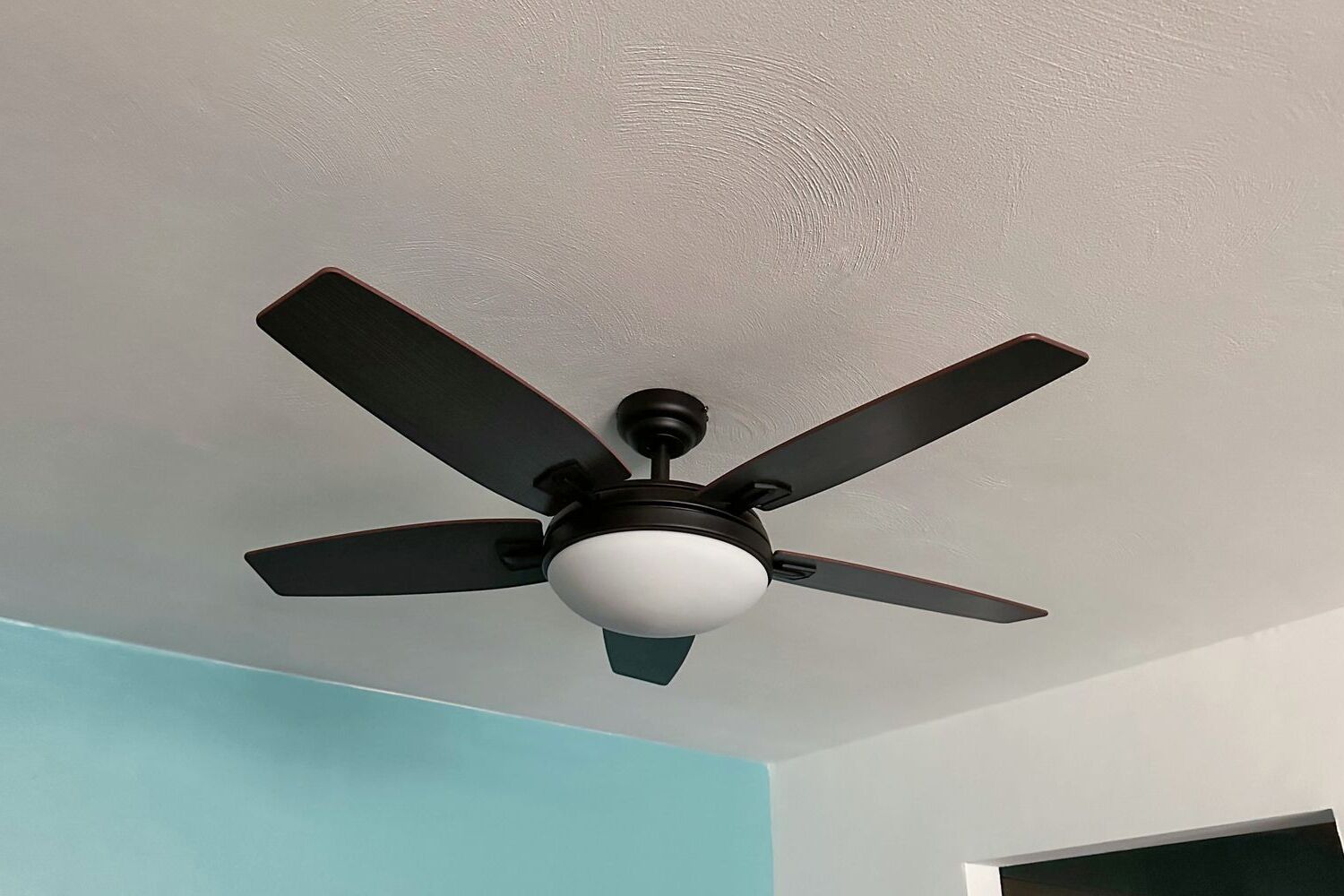
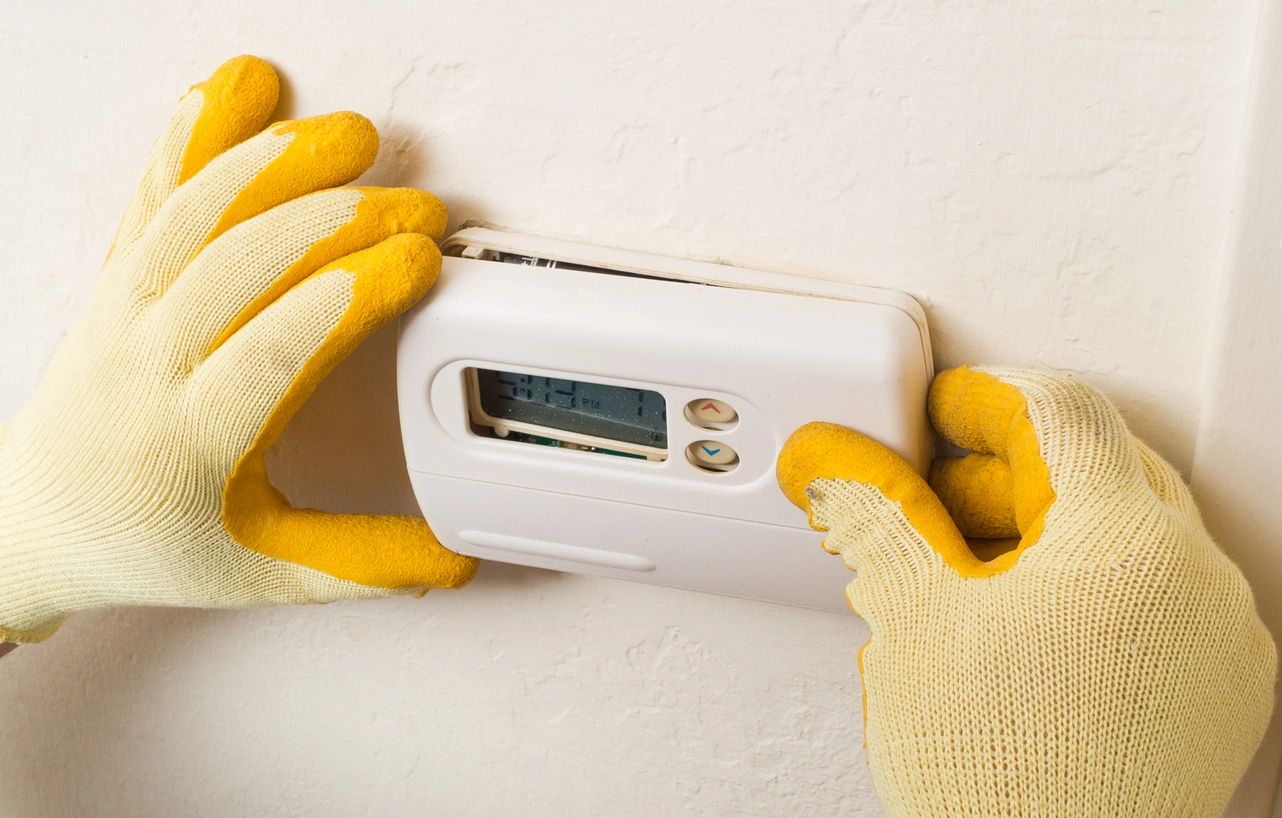
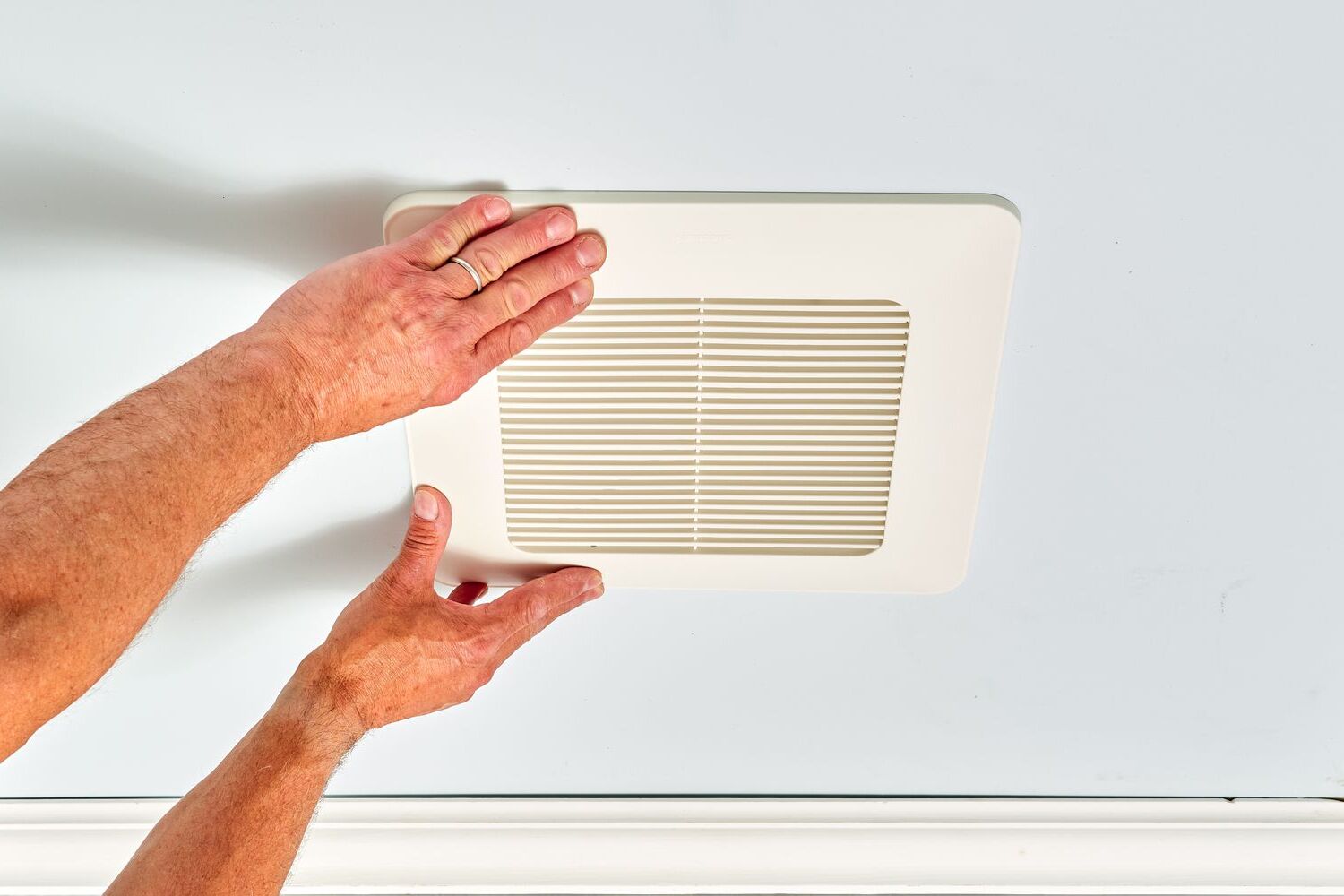




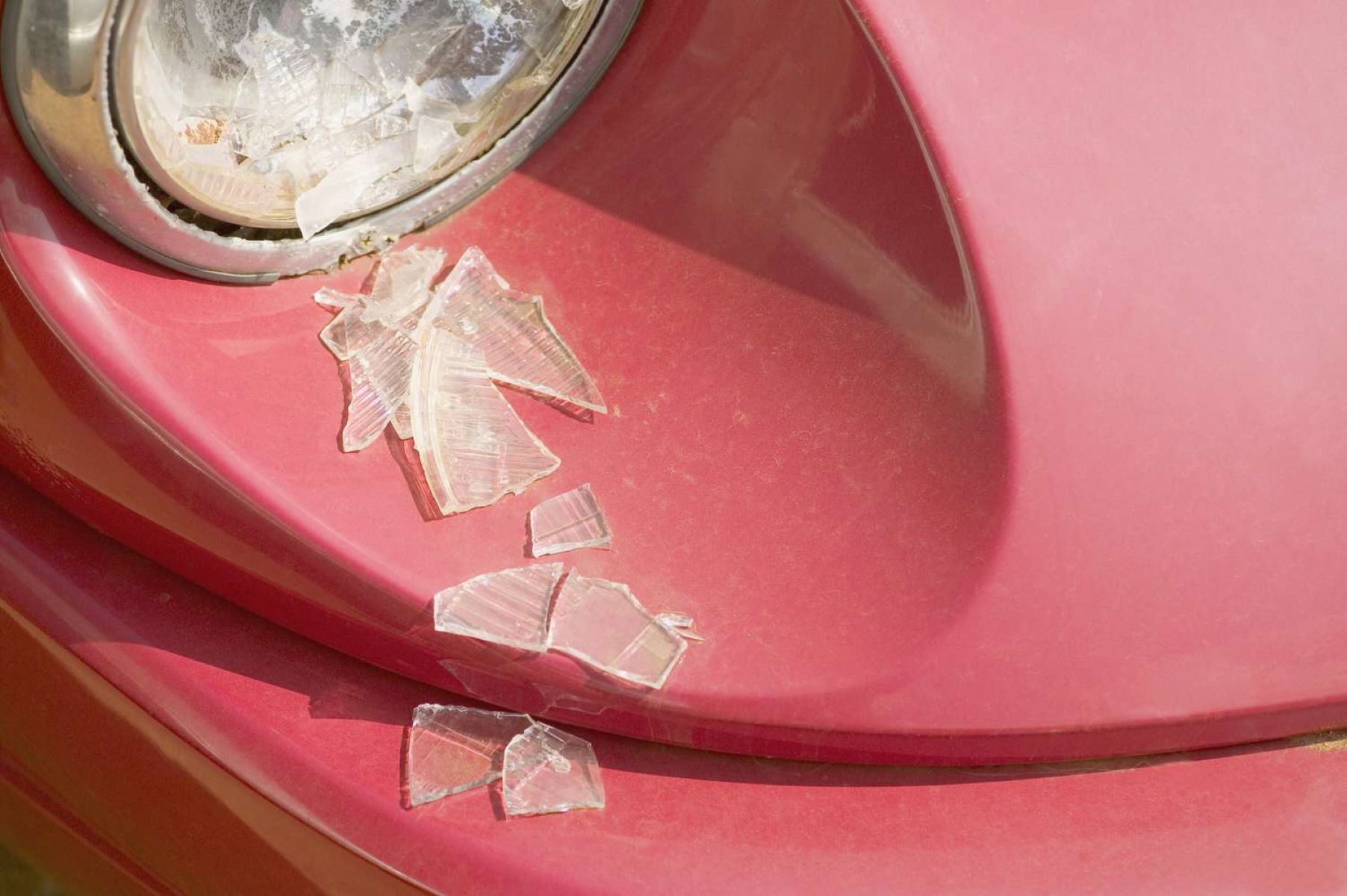

0 thoughts on “Proper Disposal Guide: How to Safely Dispose of a Broken Fan”